We caught up with the brilliant and insightful Jim Livingston a few weeks ago and have shared our conversation below.
Jim, thanks for joining us, excited to have you contributing your stories and insights. Earning a full time living from one’s creative career can be incredibly difficult. Have you been able to do so and if so, can you share some of the key parts of your journey and any important advice or lessons that might help creatives who haven’t been able to yet?
I have been a full-time fine art photographer since 2013. After years of social and legal work, I was burned out. While I was already fairly mastered at film photography and dark room work, I knew little about the digital world and by 2013 most of the commercial photography work was digital. So, I enrolled in a local junior college to learn the digital aspects of photography. This sped up the learning curve immensely and even before I finished, I was earning money with my photography by photographing architecture. I was also making money by photographing landscapes and wildlife which I began selling online.
The beginning was difficult. Many artists are not aware that most new businesses don’t make money for at least 2 years and an overwhelming number fail be they art or any other sort. Starting a new business is difficult regardless of the field.
What caused the change for me in becoming successful? I realized that making art was not making me money directly. The activities that made me money were all marketing activities. Making art is critical, but making art is not selling art. I had to learn to market and sell my photographs. When I started spending 80% of my day working at those things that sold my art and only 20% of my time making art, my business took off.
I think to speed up success up in retrospect, I wish I would have focused more on learning business and marketing from the beginning.

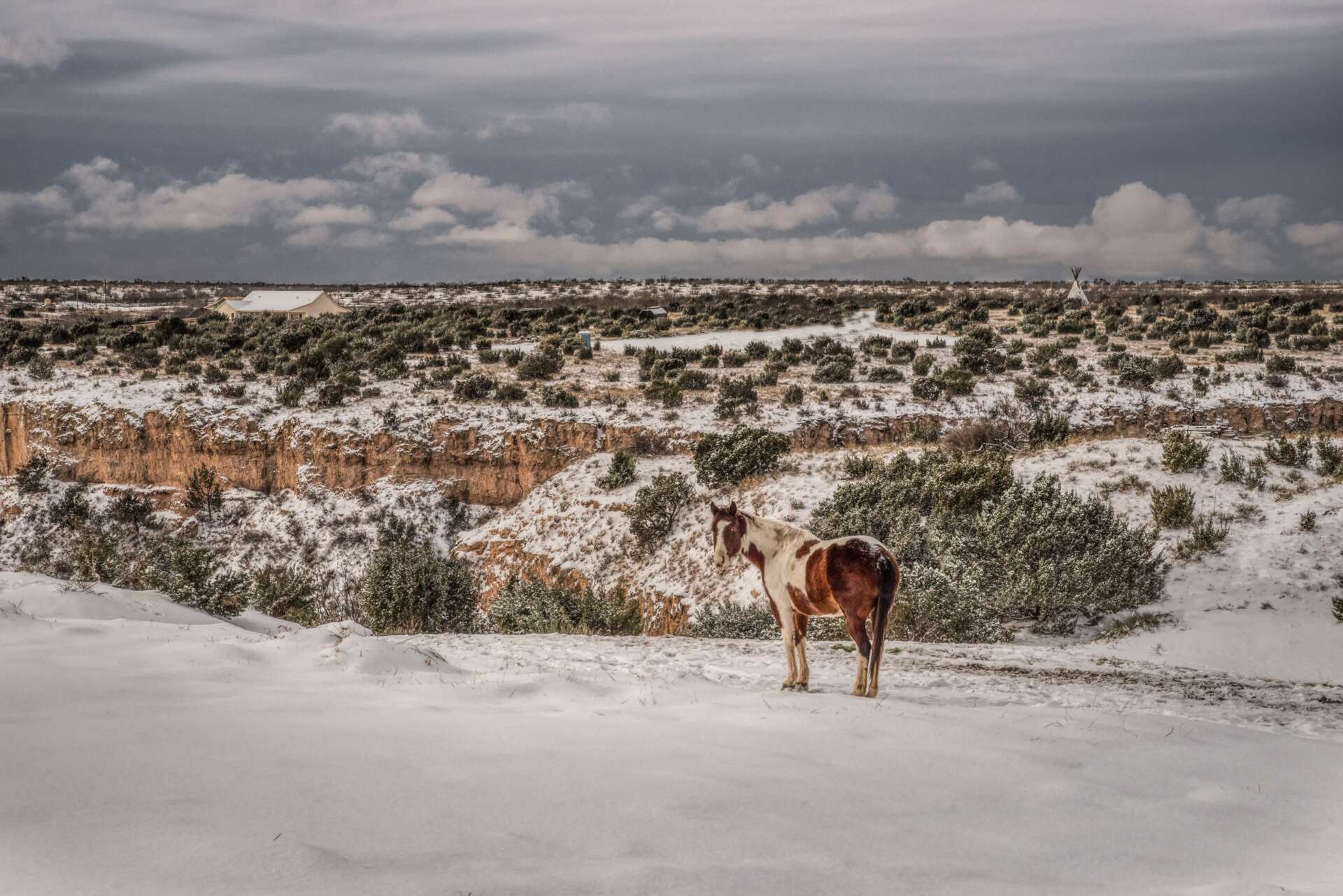

Awesome – so before we get into the rest of our questions, can you briefly introduce yourself to our readers.
I am a fine art photographer. The bulk of my income comes from doing the decor for offices. I also sell art for homes and individuals. I have filled hospitals, doctor’s offices, lawyer’s offices, clinics, accountant’s offices and even some factory admin offices such as a local meat packing plant.
A lot of studies have shown art to make a big difference in work productivity. If you think about it, nice surroundings always improve mood. And even more, they increase sales where customers have a more enjoyable experience.
I focus on several niches. One is Southwest United States Landscapes. The ruggedness of the Canyons and High plains draws me in. Add to that, I storm chase professionally adding to my collection some of the most dramatic cloudscapes and stormy sunsets, my art seems to appeal to those who enjoy the outdoors and old west.
Another niche is hot air balloons. I have become an enthusiast for hot air balloon flight over the last 10 years having been introduced to the beauty of these behemoths floating over New Mexico and the Albuquerque Balloon Fiesta.
One more niche that I enjoy is performance photography. I have been blessed to photograph some incredible bands such as Blue October, Bullet for my Valentine and Concrete Blonde. But now I focus more on such things as plays and ballets. Since 2016 I have been the photographer for the incredible Outdoor Musical TEXAS performed each summer in Palo Duro Canyon State Park (America’s second largest canyon). This play has been going strong since 1966, making it one of America’s most loved and longest running outdoor performances.
Finally in conjunction with the first niche (southwest landscapes) I photograph a lot of night skies over the high plains and canyon lands. I do some semiserious astrophotography attempting to capture the beauty of deep space objects like nebula and different galaxies.
One of the things that I think sets me apart from many photographers is that I do not focus on photography. In fact, I do not introduce myself as a photographer at all but rather as an artist. I just use the camera to create my art.
There are many amazing and competent photographers who do a marvelous and magical job showing you something they saw. I have been shooting long enough this is no longer a challenge for me. I want to go beyond what I see and show you what I felt.
This is where editing makes a difference. In film days, we would spend hours in the dark room, dodging, burning, and masking and no one thought a bit about it. Say you “photoshoped” something and it has a bad connotation for some.
For me that is where the art takes off. Using many different techniques such as micro-blurring areas that I want to eye to avoid, or sharpening a part of the image that is important so to draw the eye there and other techniques such as desaturation or hyper-saturation, I seek to drag the viewers eye around the image in a certain order. I try to cause the viewer to look at the objects in my art in a sequence that tells not just a story but creates a feeling. I hope to create a visual emotion that draws you in and shuts down the mind and allows your heart to experience what you are looking at.
More than just the technical expertise of photography, I try to capture a mood, an emotion, evoking feelings & memories, a sense of nostalgia.
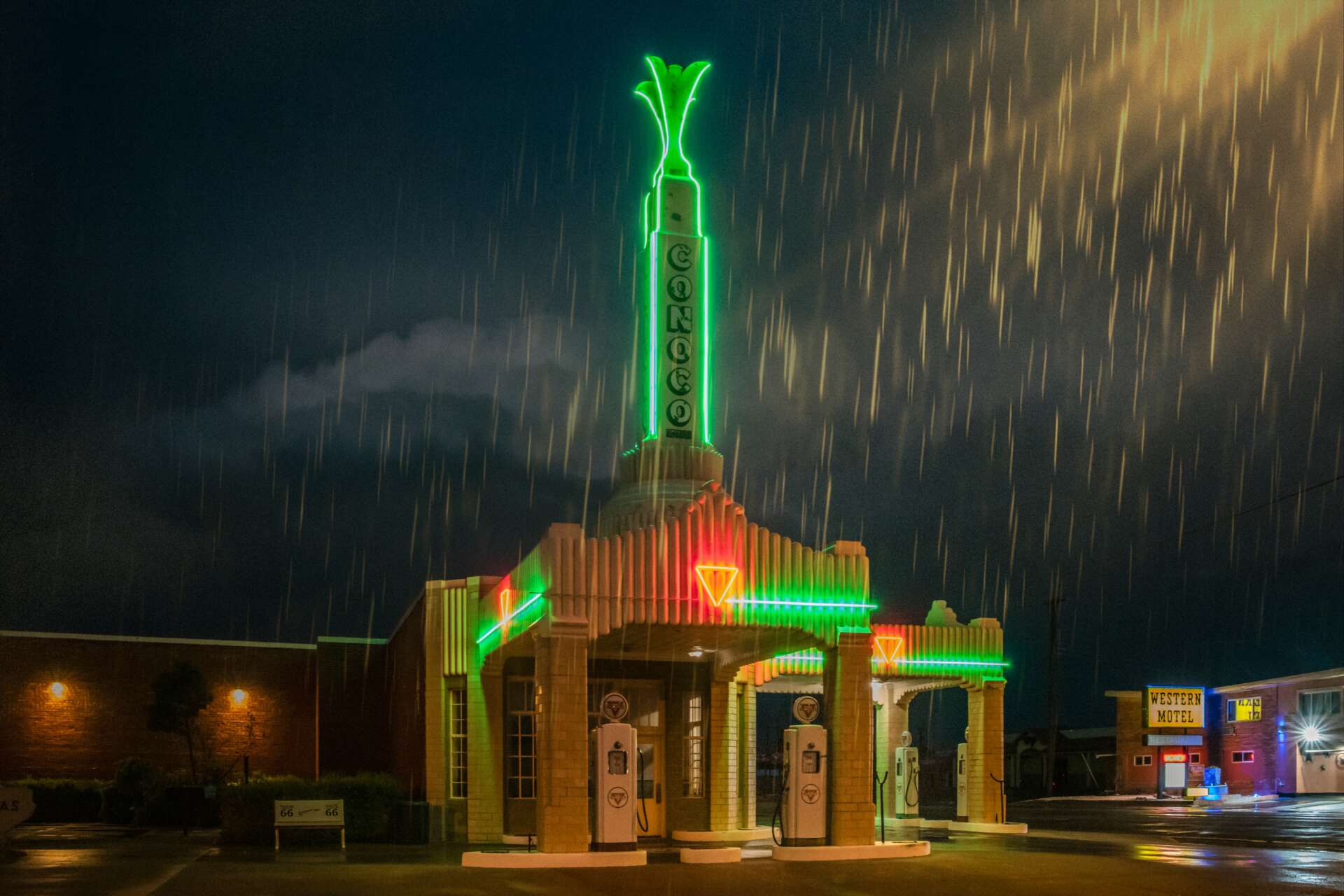
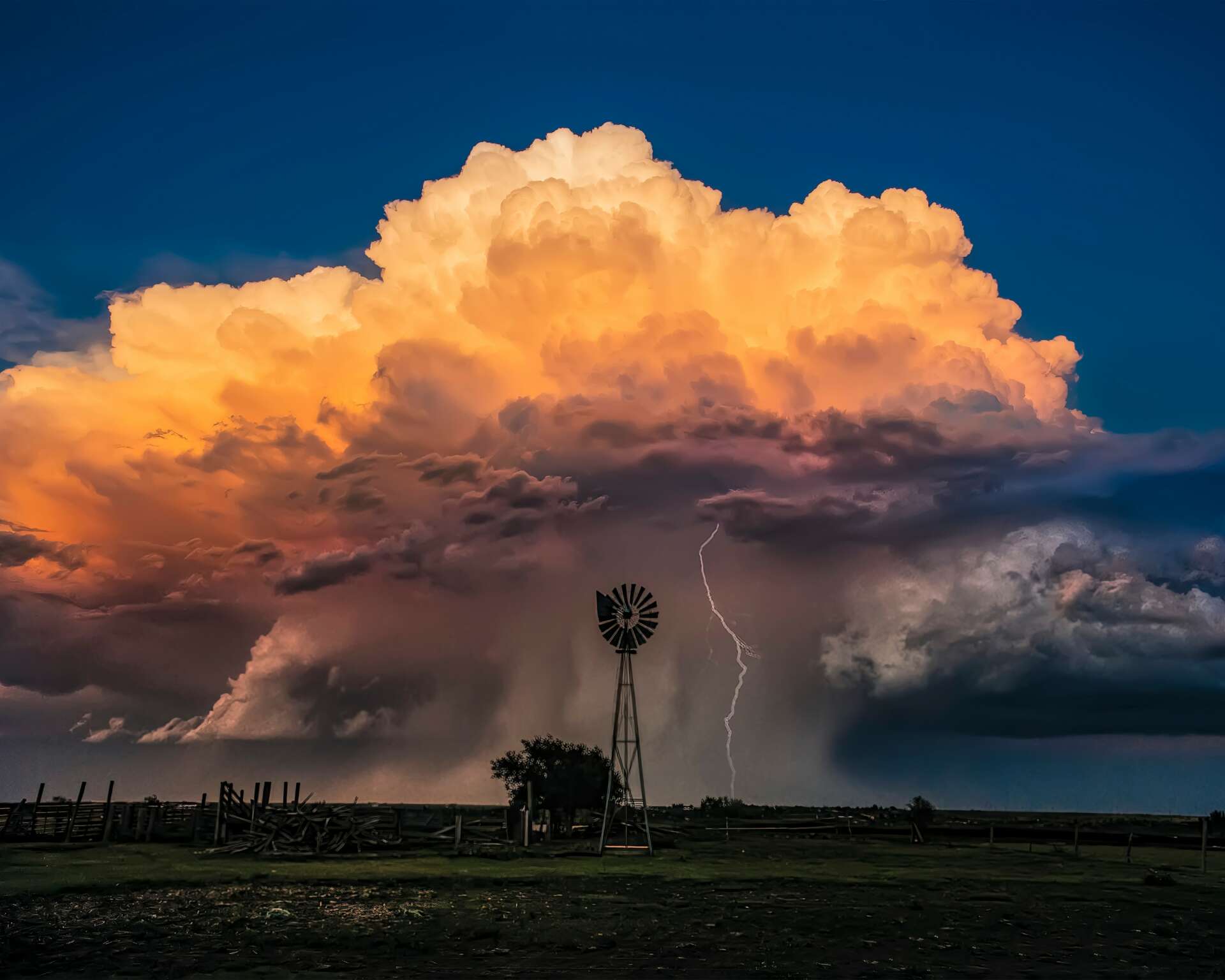
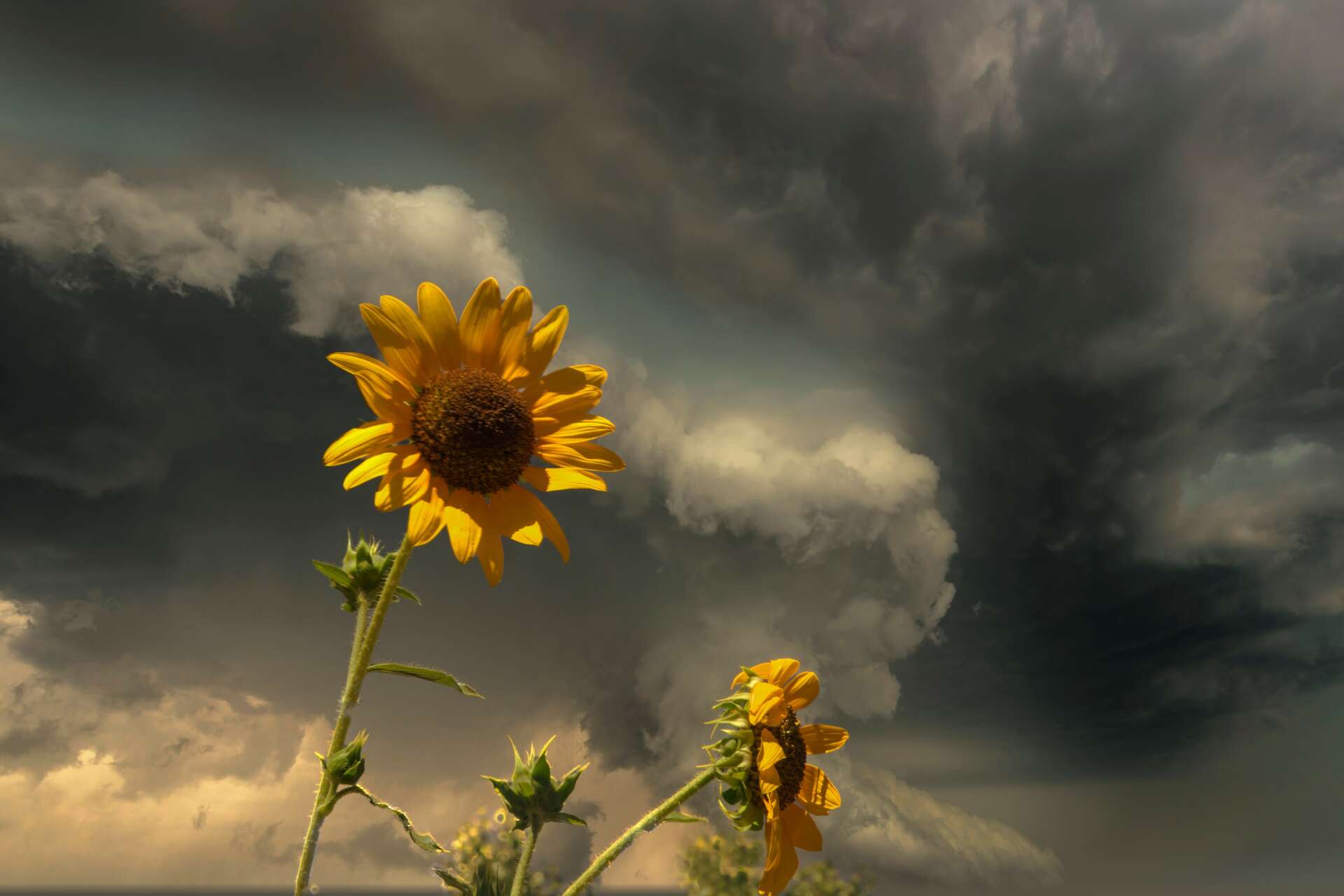
Have you ever had to pivot?
In 2011 my former boss was accused of molesting his 7-year-old grandchild. Not only was he my boss but also my landlord. I worked with the district attorney in getting evidence to prosecute him. In a story that is worthy of a crime novel I wound up homeless and without work and trying to stay out of the reach of my boss as he had a connection to a lot of criminal elements.
I ended up driving around the United States for 9 months waiting for the trial. I did some couch surfing with friends, but a lot of time, I slept in my car and just drove around trying to process the events which were pretty crazy. I did not know what else to do, so I ended up at a lot of state and national parks and started taking photos of the landscapes.
I had gotten back into photography as a hobby before this, but this changed things, I found a tremendous amount of healing in looking at the natural world and trying to frame it in the best way possible.
Without realizing it, over the course of years as a social worker and then working in the legal world I had come to see the world as ugly. I was working with some ugly situations daily. I had become cynical.
My view-finder had become for me a magic window to block all that out and see nothing but the prettiest part of any scene.
When that 9 months was over, I had lost faith in the system, I watched my boss walk because of money. 10 years later he would be re-arrested for human trafficking. I was burned out, I had given up everything to help the DA prosecute him, they had what they needed but let him go because of politics. I did not want to work in the “system’ any longer. So, with next to nothing at 46, I started over in college to learn a new skill. I was so broke and had nothing left I even slept on the floor for a few months.
For years and even now I find myself bitter at how money and politics allowed this monster to go free and escalate from being a pedophile to a human trafficker. But I could not have lived with myself without trying. Yes, I lost everything I owned in the sense of possessions when I became homeless, but I gained so much more. I learned how to not just look at the world, but to see it deeply. I learned how to live in the moment of the sunrise or moonset, to feel the depth of a thunderstorm. That experience of the moment is what I try to convey in my art.
Often the hardest times lead to the most precious gifts in our lives. For me the pivot was not just in my career from the “system” but also a pivot in my way of looking at life.
On top that, the change allowed me to meet the love of my life June, who is also an artist.
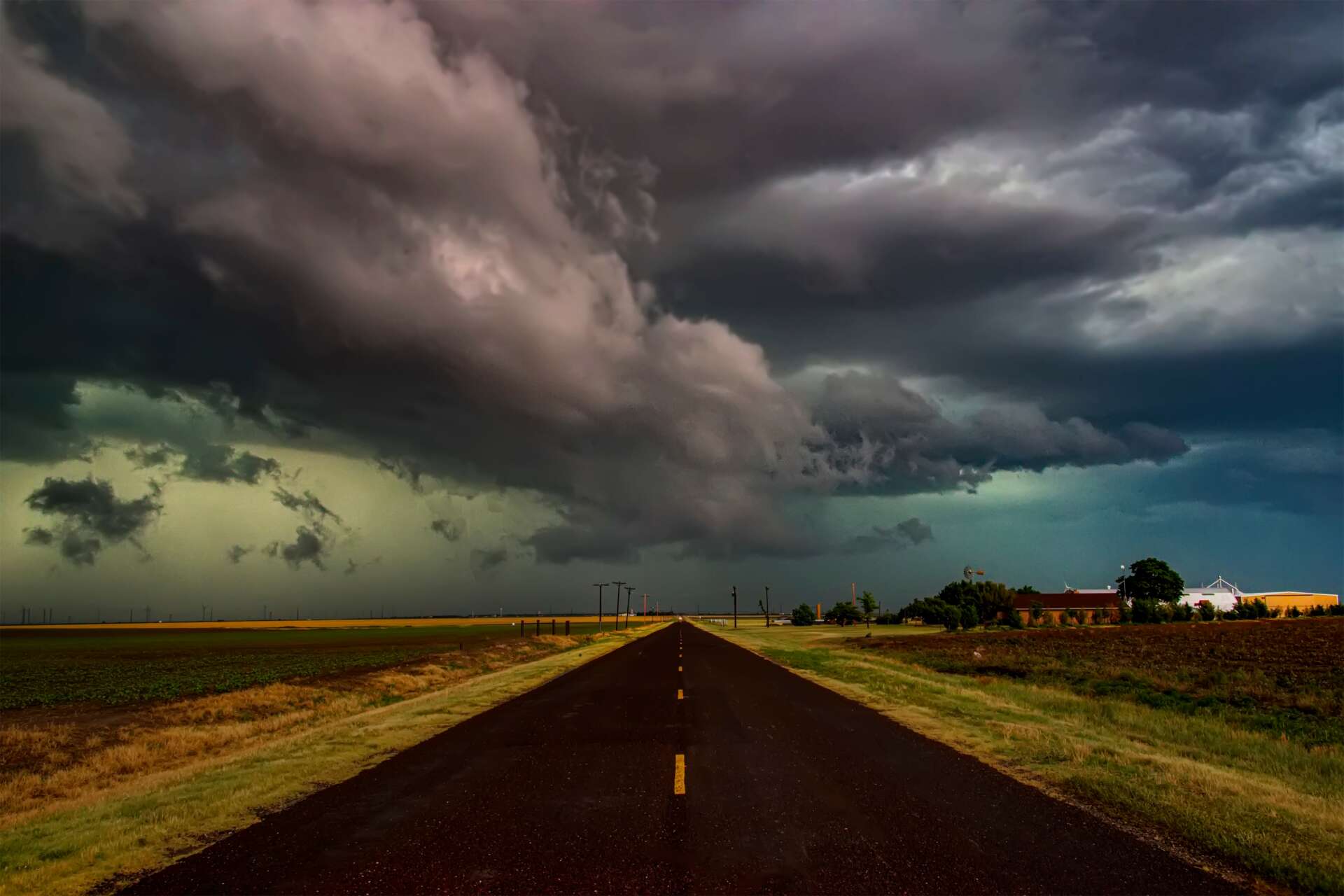
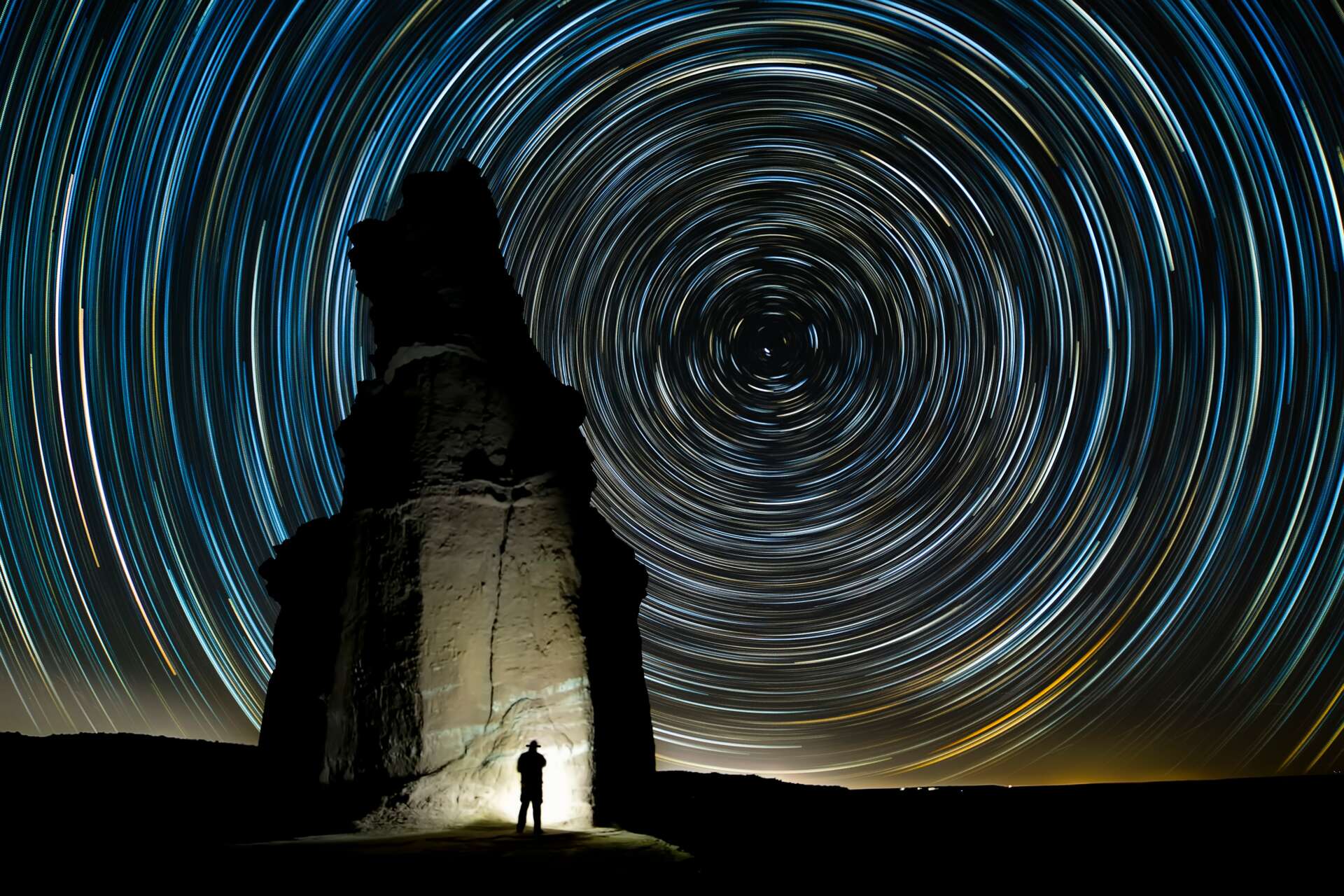
What’s a lesson you had to unlearn and what’s the backstory?
I think for many artists, the creation of art is almost a religious (not in the sense of church) or spiritual event. And because of this, many artists lack a connection to the commercial value of it as a simple product. In the end, the business world does not care about its spiritual value or ascetic quality. What the hard noised businessperson asks is how much can I sell this for.
It is odd, when I create a piece that is deeply meaningful for me, it is almost easier to give it a way than sell it. Somehow adding a price tag to it seems to cheapen it. Many other artists I talk to experience something similar especially when we create something this is charged with a lot of our emotions.
Giving my art away by either selling too cheaply or letting it go for free is one way to fail as an artist. It is hard to work when you cannot pay your bills. This is part of the myth of the starving artist. We can become so focused on communicating our emotional state or some deep truth of life we forget the business aspect.
I had to learn in the end it is not that creation of art that gets me paid, it is the selling of art, and in that, I am a simple businessperson using all the same tools any person in the business world uses. And to live well, to be able to travel and have good camera equipment, I need money so the higher dollar I can command the better my art is able to be.
To me, my art might be my emotional child, but to the world it is just a product.
This lesson was driven home to me by a renowned artist who had the deepest impact on me, Lightning McDuff. One day he saw me give away some art. He asked me if the person who I gave the art to would have gone hungry if I had gotten paid or if they could not afford the piece? “No of course not.”
In his 70’s and with his gravelly voice and looking over his glasses he looked me deeply in the eyes and said, “But you damn sure will go hungry if you do that very often.”
Contact Info:
- Website: https://www.jimlivingstonart.com/
- Instagram: https://www.instagram.com/jimlivingstonart/
- Facebook: https://www.facebook.com/jimlivingstonart
- Linkedin: https://www.linkedin.com/in/jim-livingston-17a9967b
- Youtube: https://www.youtube.com/channel/UCDJ8IK-V6AaqNPEV_4ppkWg
- Other: email: [email protected]
Image Credits
Jim Livingston TEXAS Outdoor Musical


